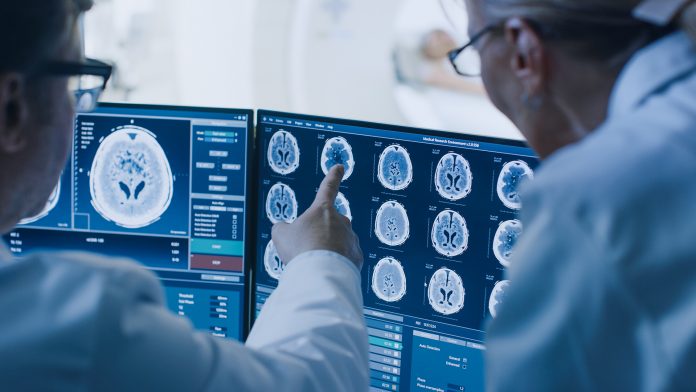
Scientists from the National Human Genome Research Institute have found a rare neurological disease that provides insights into the cell’s recycling system.
Scientists from NIH’s National Human Genome Research Institute (NHGRI) and Undiagnosed Diseases Program (UDP) have identified three children (two siblings and one unrelated child) with a new rare neurological disease.
The rare condition has caused issues with motor coordination and speech in all children; however, one child had abnormalities in the cerebellum, the part of the brain involved in complex movement and other functions. All three children also had mutations in both copies of the ATG4D gene.
The effect of ATG4D mutations
The ATG4D gene aids in the cellular process called autophagy, which cells use to break down and recycle damaged proteins and other defective pieces of the cell to stay healthy. Autophagy is a key process used by cells throughout the body, but neurons are particularly dependent on autophagy for survival. Little is understood about how ATG4D contributes to healthy neurons.
A 2015 study was the first to reveal the effects of this gene on brain health. The researchers identified a genetic neurological disease in Lagotto Romagnolo dogs, an Italian breed known for their fluffy coats and truffle-hunting abilities. The affected dogs had abnormal behaviour, atrophy of the cerebellum, issues with motor coordination and eye movement and ATG4D mutations. Whilst this discovery was fascinating, the researchers had not connected this mutation to any rare neurological disease in humans.
“Among genetic diseases, we’ve solved many of the lower-hanging fruits,” said May Christine Malicdan, MD, PhD, NHGRI staff scientist and senior author of the study. “Now, we’re reaching for the higher fruits — genes like ATG4D that are more difficult to analyse — and we have the genomic and cellular tools to do so.”
Linking the mutation to a rare neurological disease
Computational analyses predicted that the three children’s ATG4D mutations would produce dysfunctional proteins. However, three other human genes serve similar roles to ATG4D, and in some cells, these other genes may compensate for a loss of ATG4D.
Furthermore, When the researchers studied the children’s ATG4D mutations in skin cells, the variants did not affect the cells’ recycling process, but this may not be true in the brain.
“The brain is so complex, and neurons have very specialised functions. To fit those functions, different neurons use different genes, so changes in redundant genes can have major impacts in the brain,” said Malicdan.
The researchers then deleted similar genes in cells grown in the laboratory to monitor the ATG4D gene solely. They determined that the cells with the children’s ATG4D mutations could not carry out the necessary steps for autophagy, indicating that the children’s symptoms were likely caused by insufficient cellular recycling.
A rare neurological disease that causes changes in one gene can show how it performs across the whole cellular process. New knowledge about this rare neurological disease could lead to more research surrounding ATG4D’s role in other conditions.
The researchers are now looking to identify more patients with this neurological disease.









